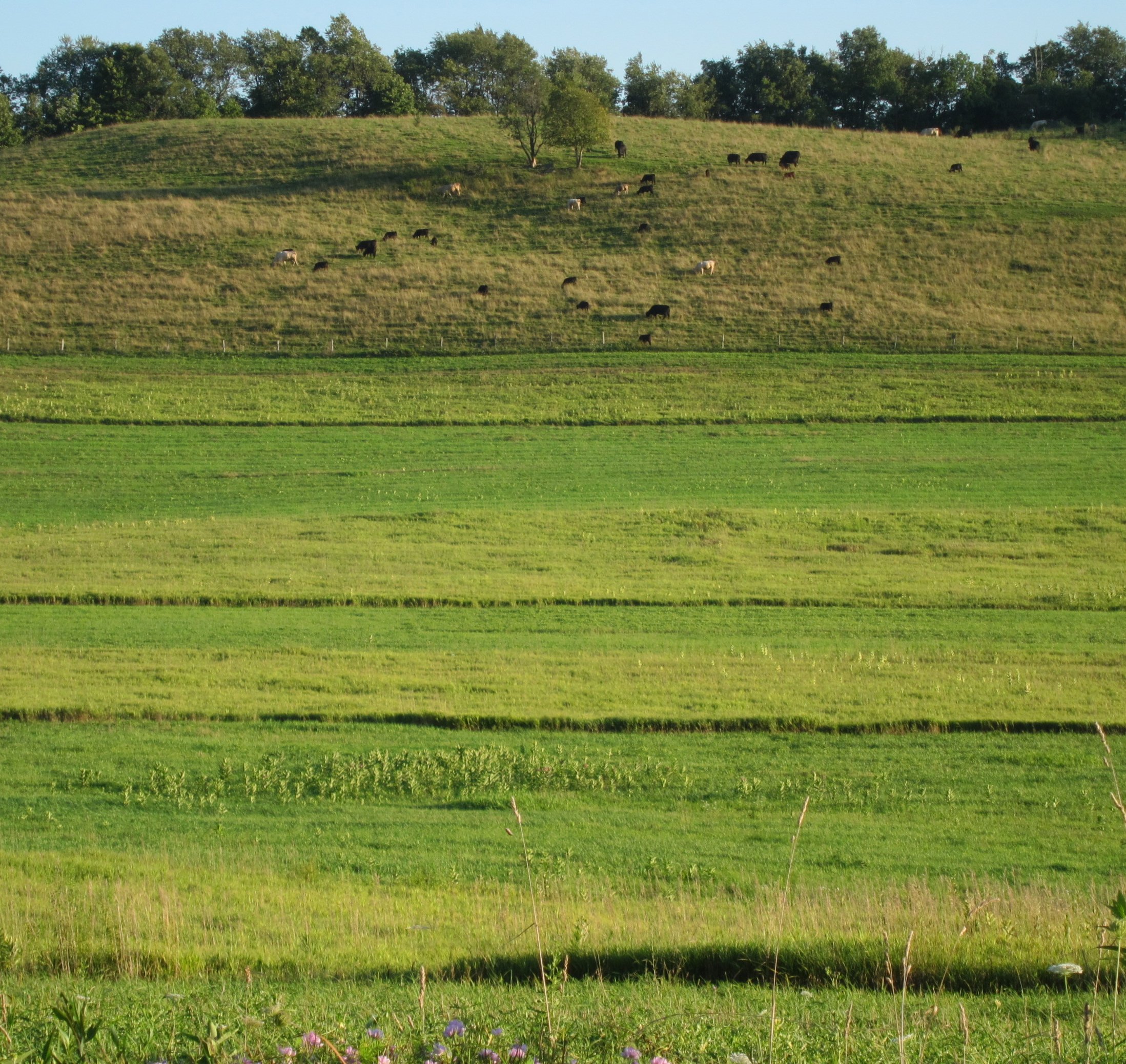
Pennsylvania
#12 Mount Davis, elevation 3,212 ft.
Tar kilns, towers, and murder most foul.
The Laurel Highlands of Pennsylvania harken to Ye Olde America: limitless farmland, country turnpikes, gravy-logged breakfasts.
I have been to Mount Davis twice. On both trips the GPS took me via the "back entrance," a succession of increasingly narrow, increasingly rutted dirt tracks through Amish country. Each occasion was marked by my being stared at by a teenaged drover, possibly the same one, plowing the fields. Each of those trips was also the third leg of the Appalachian trifecta, meaning that my memories are fogged by haste, thus the sense of urgency I tried to capture in the video.
Bronzed plaques atop the summit area explain some of the unique features of Mount Davis. The surrounding topography, for example, is understated but unusual, involving sandstone boulders being thrust upward through layers of rock in what was effectively a supersize version of the freeze-thaw effect known as “sorted stones.” Stranger still is the tale of the “Wild Child,” a local girl, Lydia Schultz, who got lost in the forest and, having gone somewhat feral, survived in the wild until she was found months later.
Mount Davis also belongs to the subset of highpoints that once (but no longer) boast summit buildings, as seen in a photo from about 1939 that also shows the existing tower and the summit rock (center, indicated with an arrow).
Photo: Wikipedia
The sad story of Baughman Rocks transcends oddity for the gothic and biblical. It tells of a local man, known to be ill tempered, who became annoyed with his youngest son while out looking for some lost cows and struck him down (whether he killed him then or if the boy was just injured and died of exposure is unclear). He was later tried and convicted based on the testimony of his other son, as set out in this news article:
Henry, the son, was placed on the witness stand and made the same statements he had made before the justice at the preliminary hearing, without a break. The cross examination by Mr. Kimmell was sever, but failed to shake or weaken his testimony. The daughter, Elizabeth, also adhered to her first statement. Several other witnesses were called, after which the case was closed. The jury returned a verdict of guilty of murder in the second degree, and the court sentenced the prisoner to undergo imprisonment of eleven years and nine months in the penitentiary. Baughman served his full sentence, after which he returned to Elk Lick Township, where he lived to the end of his life.
Later in the same article the author wonders if the boy did, in fact, survive, but perished in the woods after wandering from the place where his father struck him. This he bases on the bones of a young teen found in the woods decades later:
Many years after this murder, or disappearance, whatever it may be called Solomon Trassler, a son of Silas Trassler, was seeking for pine knots in a locality known as the Pine swamp which is over an eight of a mile distant from the buildings on what was then known as the Joseph Christner farm. Somewhere about the middle of the pine swamp Trassler found a human skull, a jaw and a few other bones. These were taken to Salisbury and exhibited to the late Dr. C.G. Stutman, who pronounced them to be the bones of a person of twelve or fourteen years of age. it is extremely probably that these bones were a part of the remains of August Baughman, for there is no tradition extant of any other person ever having disappeared from that community. The place where these remains were found, in a straight line, is distant several miles from the place to which Henry said the body of the boy had carried. It is not now known that any search had been made in this locality, it being so near a house. The opinion now held by those who know most of the occurrence, is that when Baughman carried the body of the boy to the place shown by Henry, the boy was not dead but only stunned and unconscious. After his father and brother left him he revived, and either tried to make his way home or to the Christener place. That it was probably then night, and the boy may have become bewildered and got lost in the Pine swamp, or possibly he may have been so weak and exhausted that he could go no further and so perished. It is also probable that when Baughman left the house on the Sunday night, as was testified to by the son Henry, he went back tot he place where he had taken the body and dug a grave for the purpose of burying it and when he went to get the body he failed to find it, the boy having already recovered and left the place. It is therefore probable that this final disappearance of the boy was as much of a mystery to Baughman as to anyone else.
Much of this material on the history of Mount Davis comes from the excellent website of Salisbury, Pennsylvania, for which I am very grateful indeed. I am also grateful I made it to and from the summit, thanks to my GPS—and Amish drovers notwithstanding—and did not become lost myself in that haunted landscape.
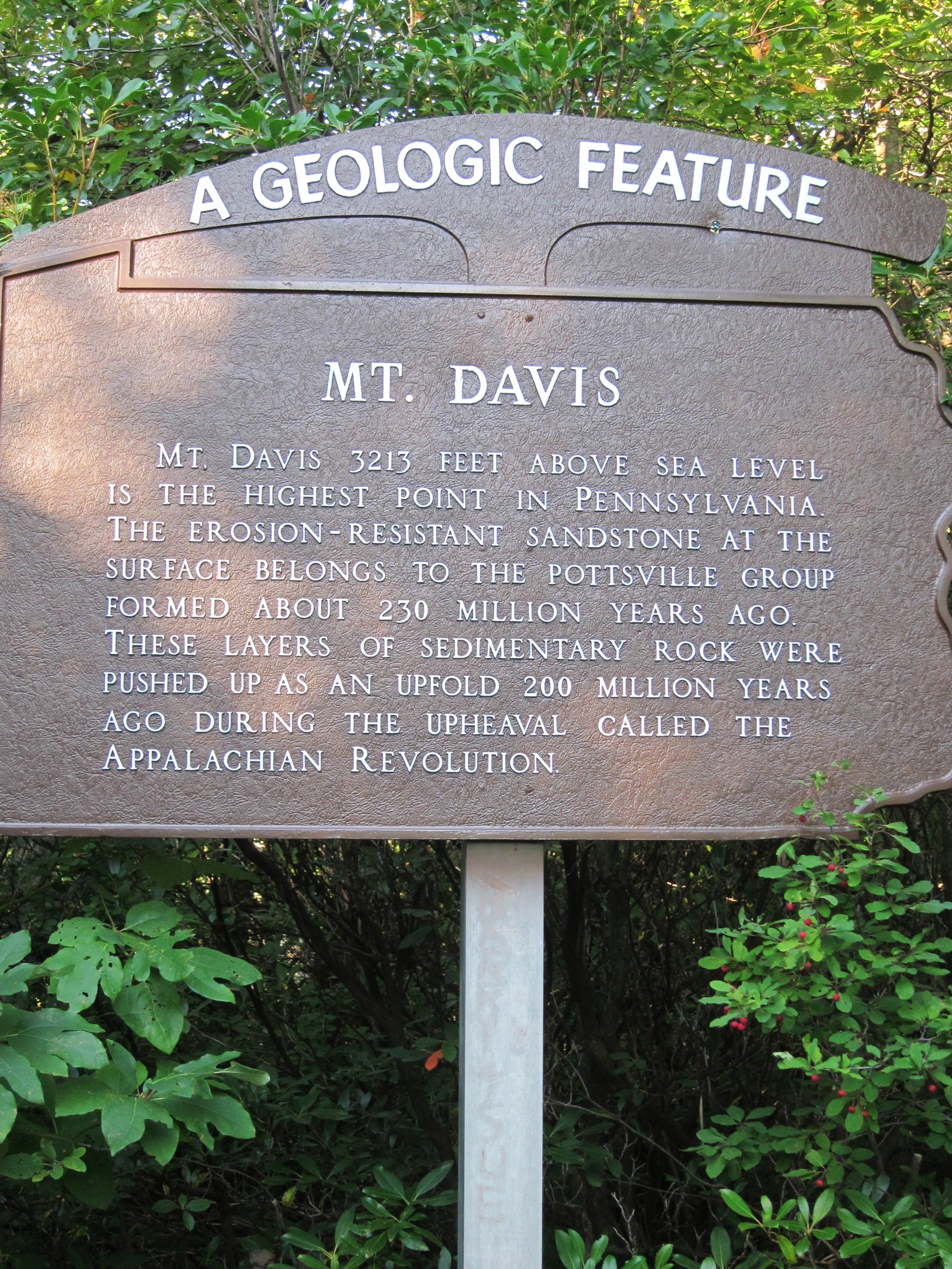
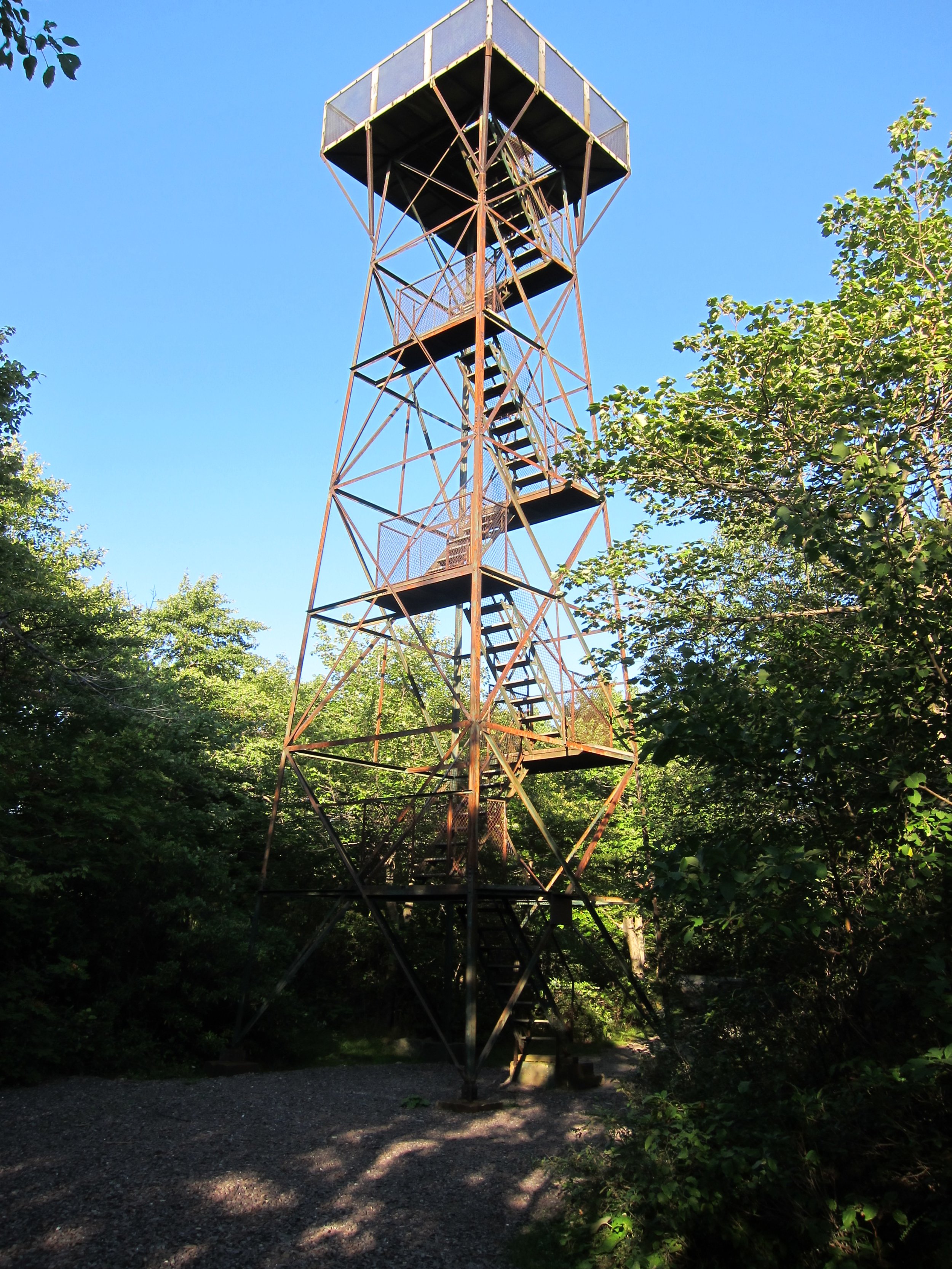
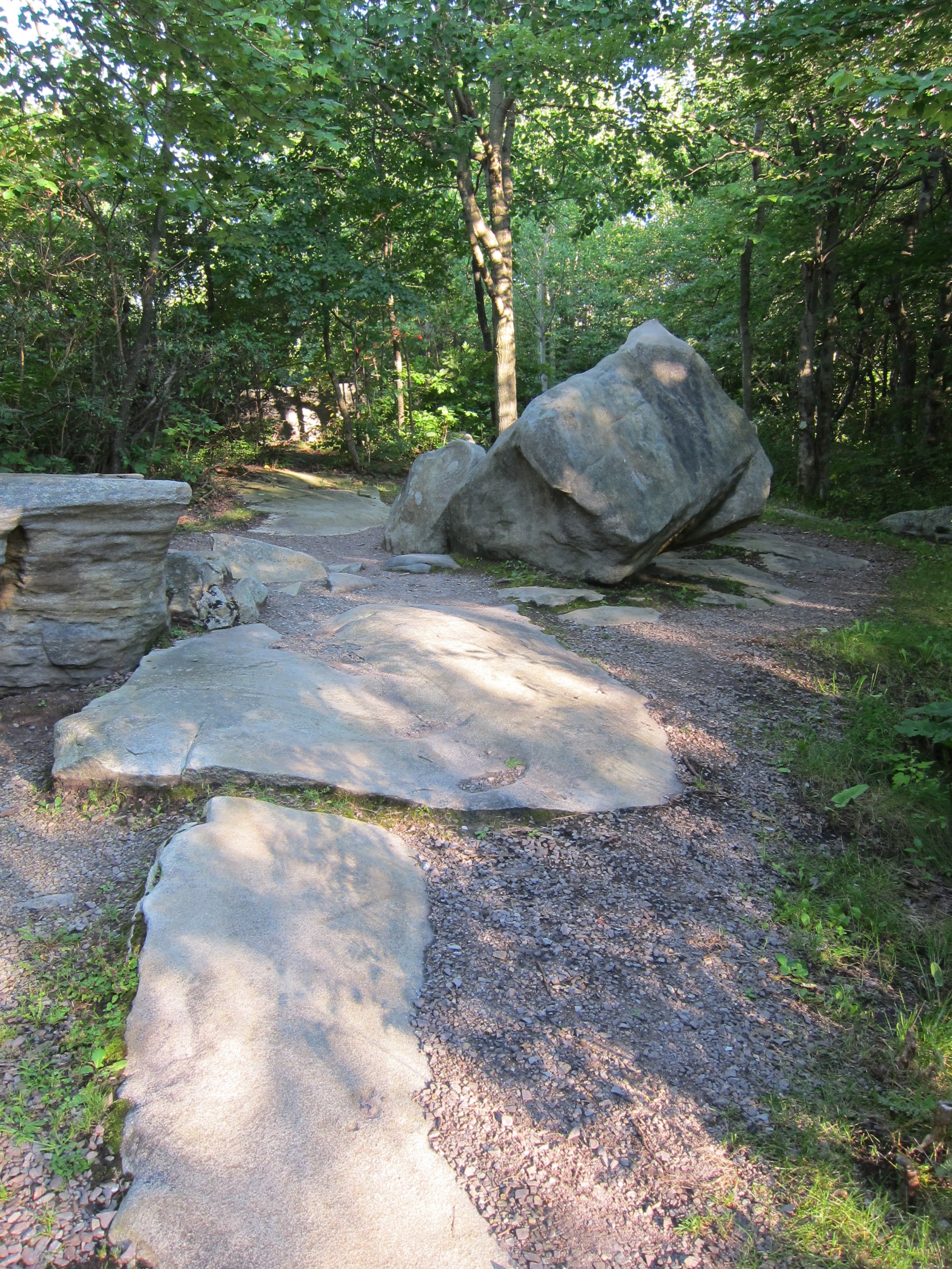
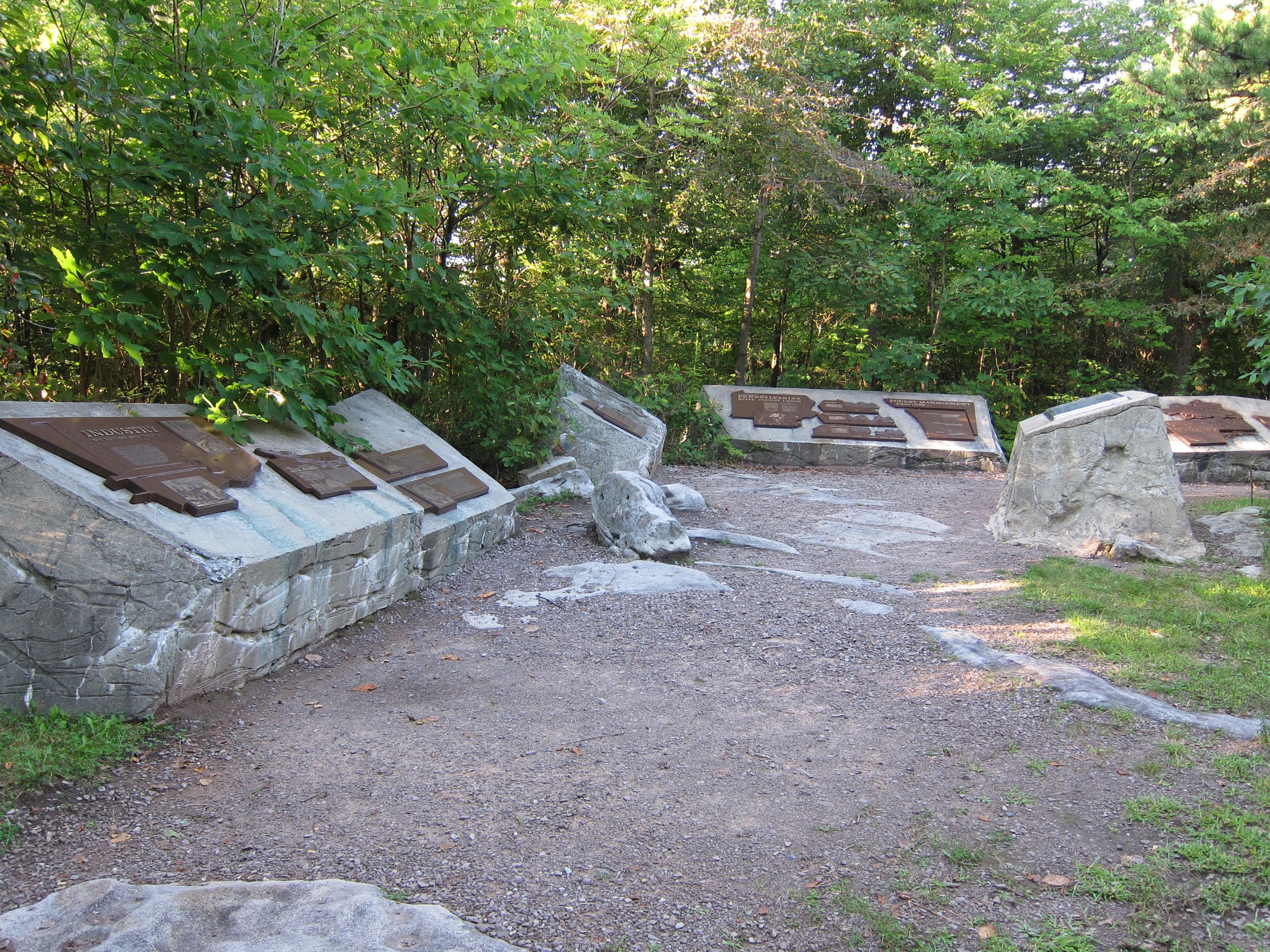
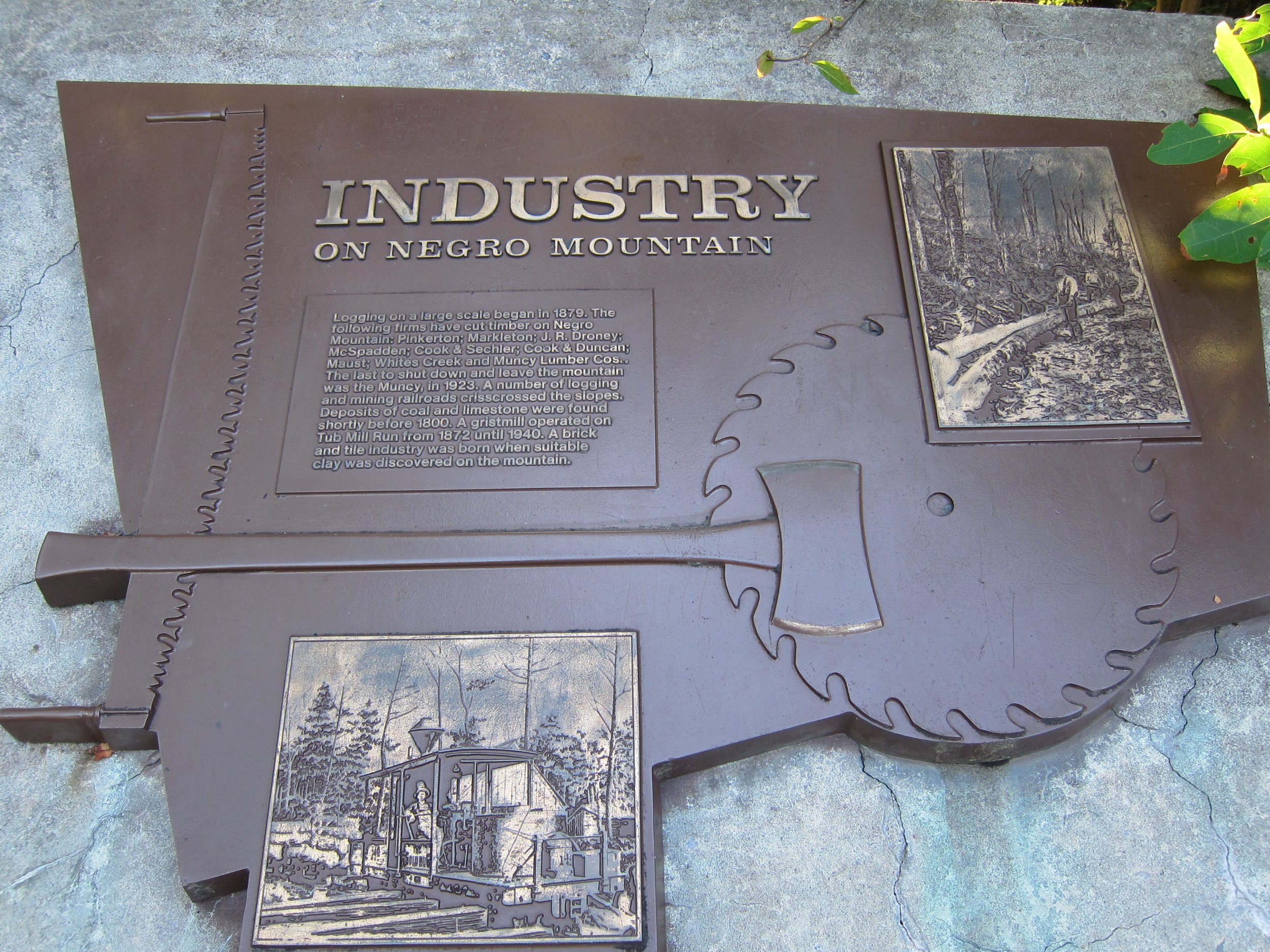
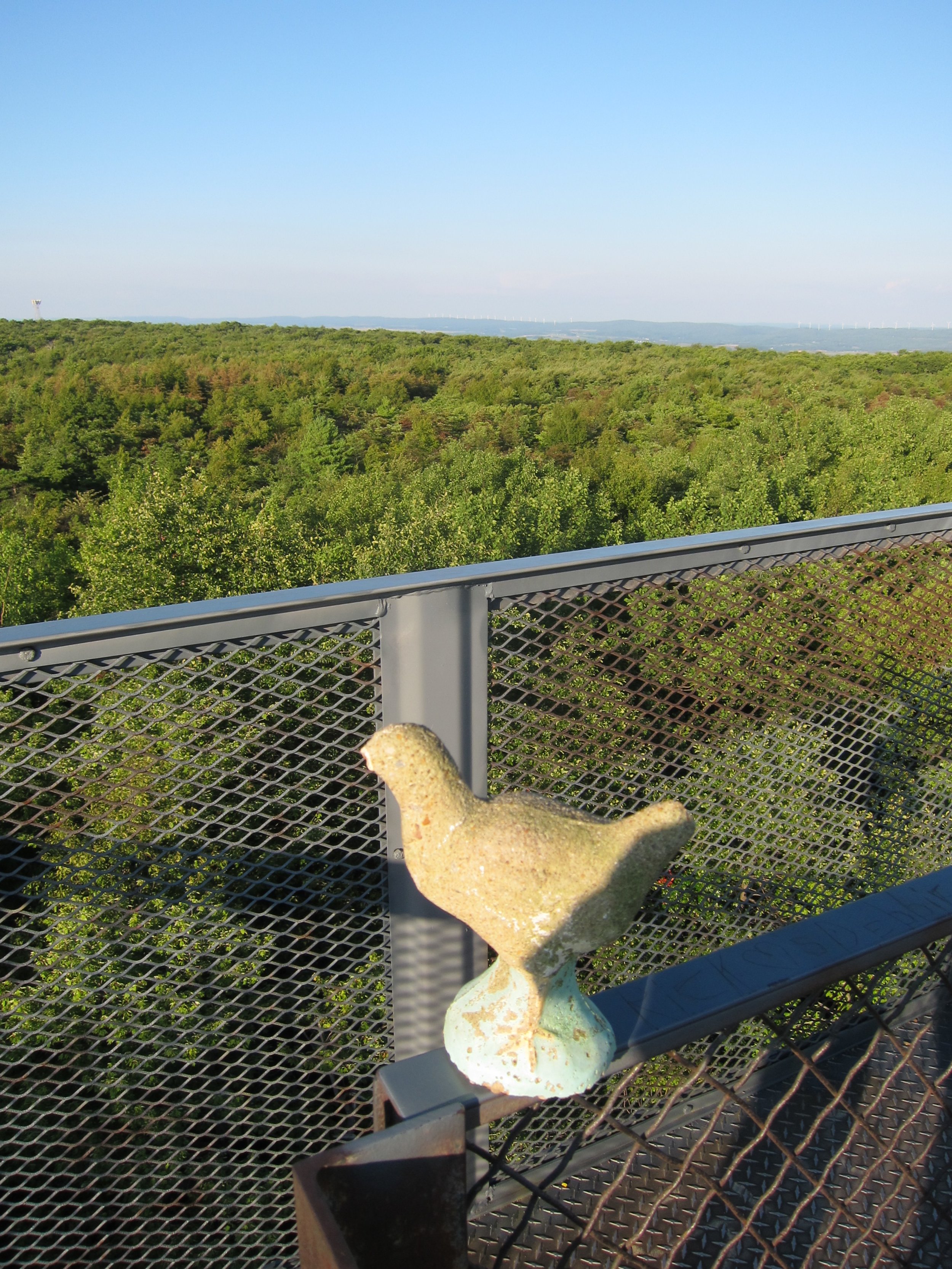
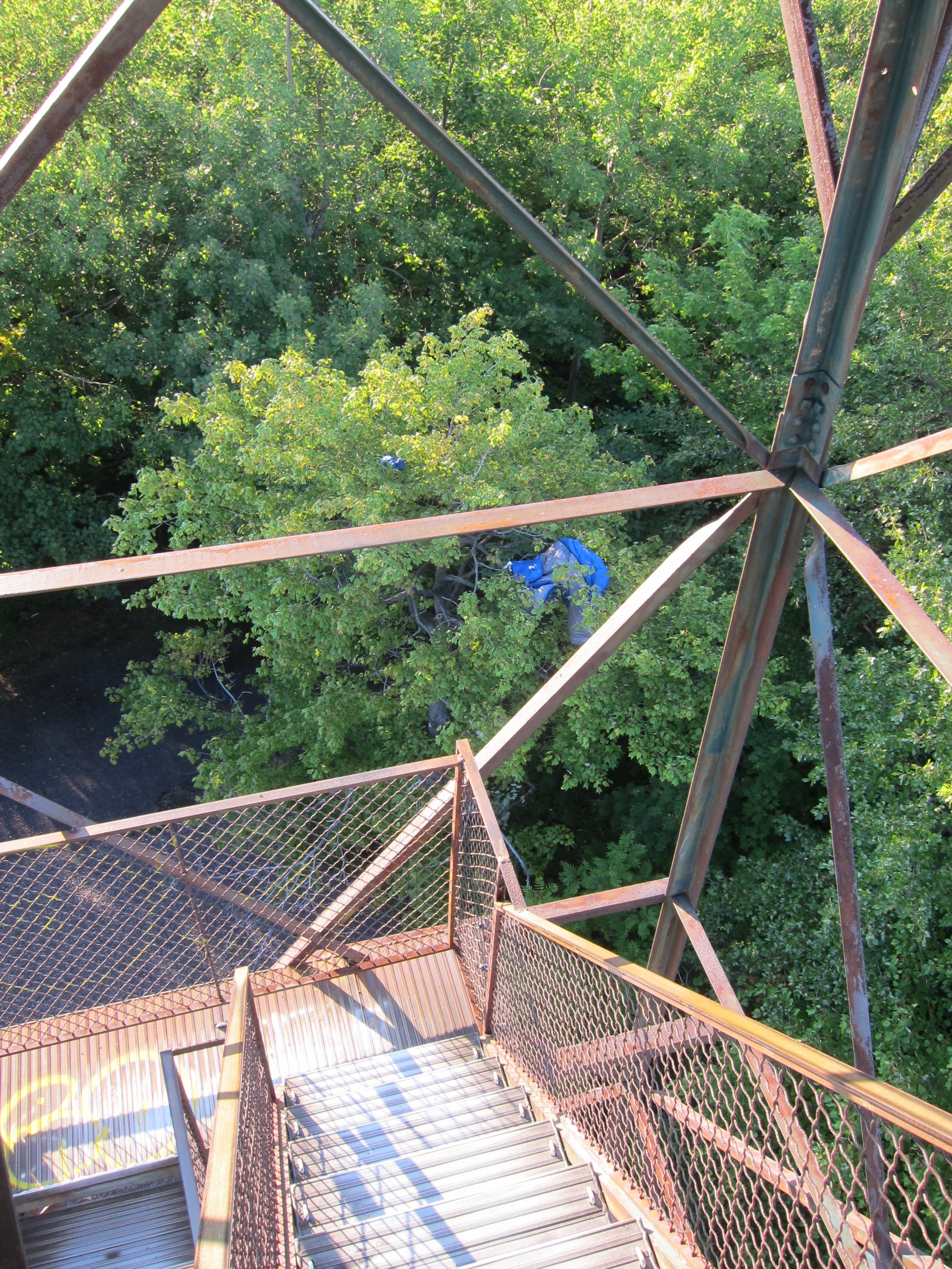
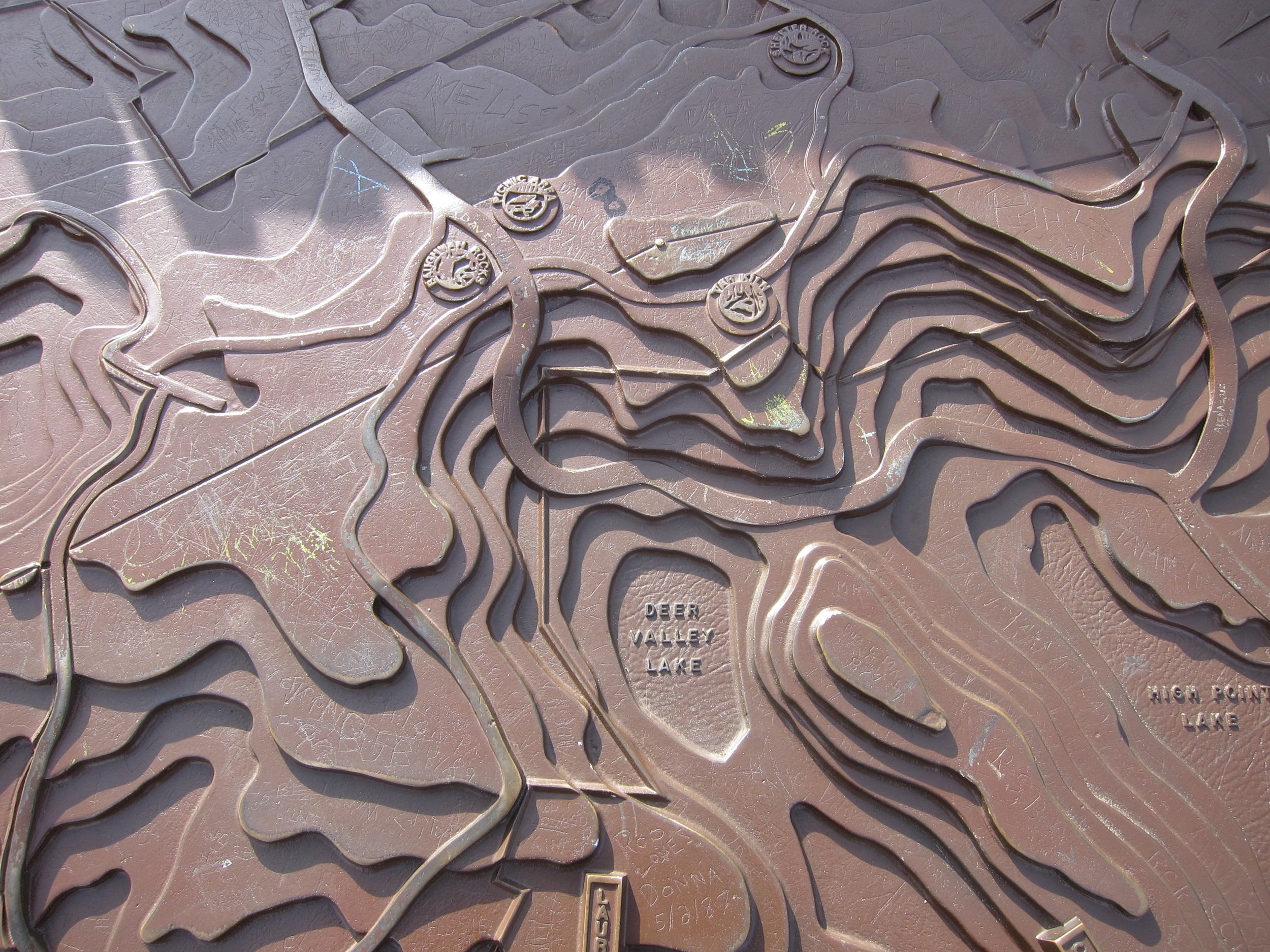

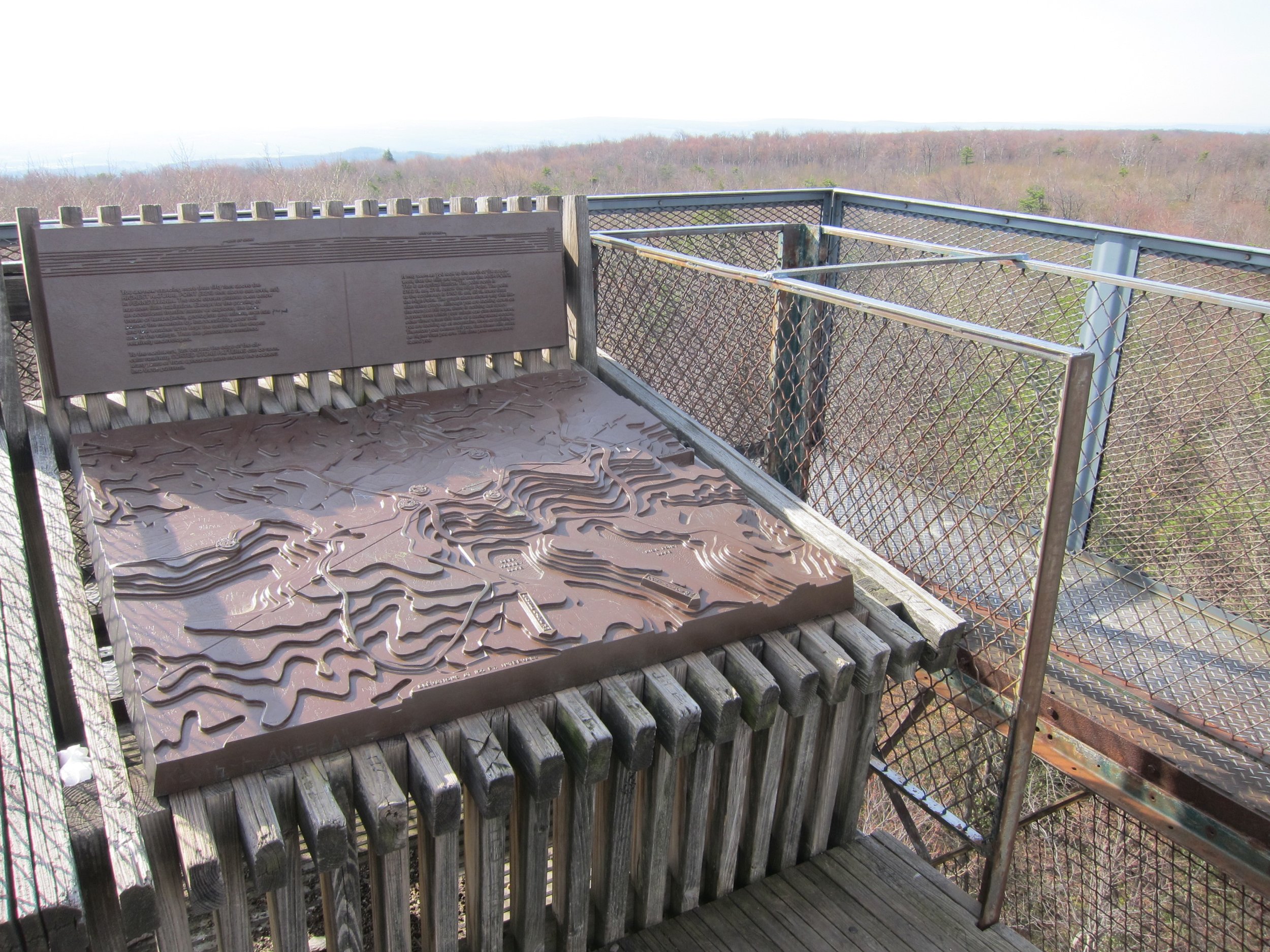
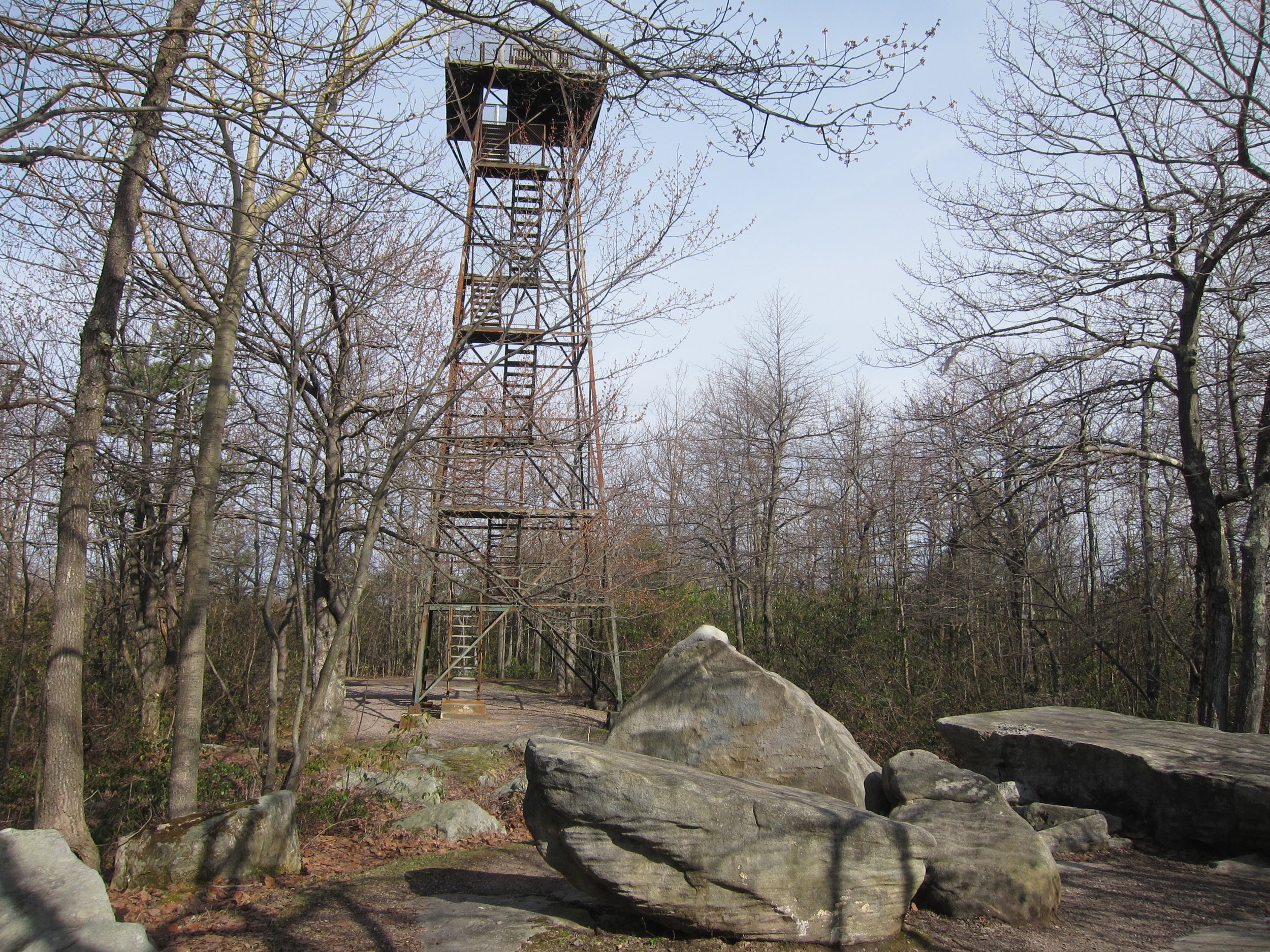
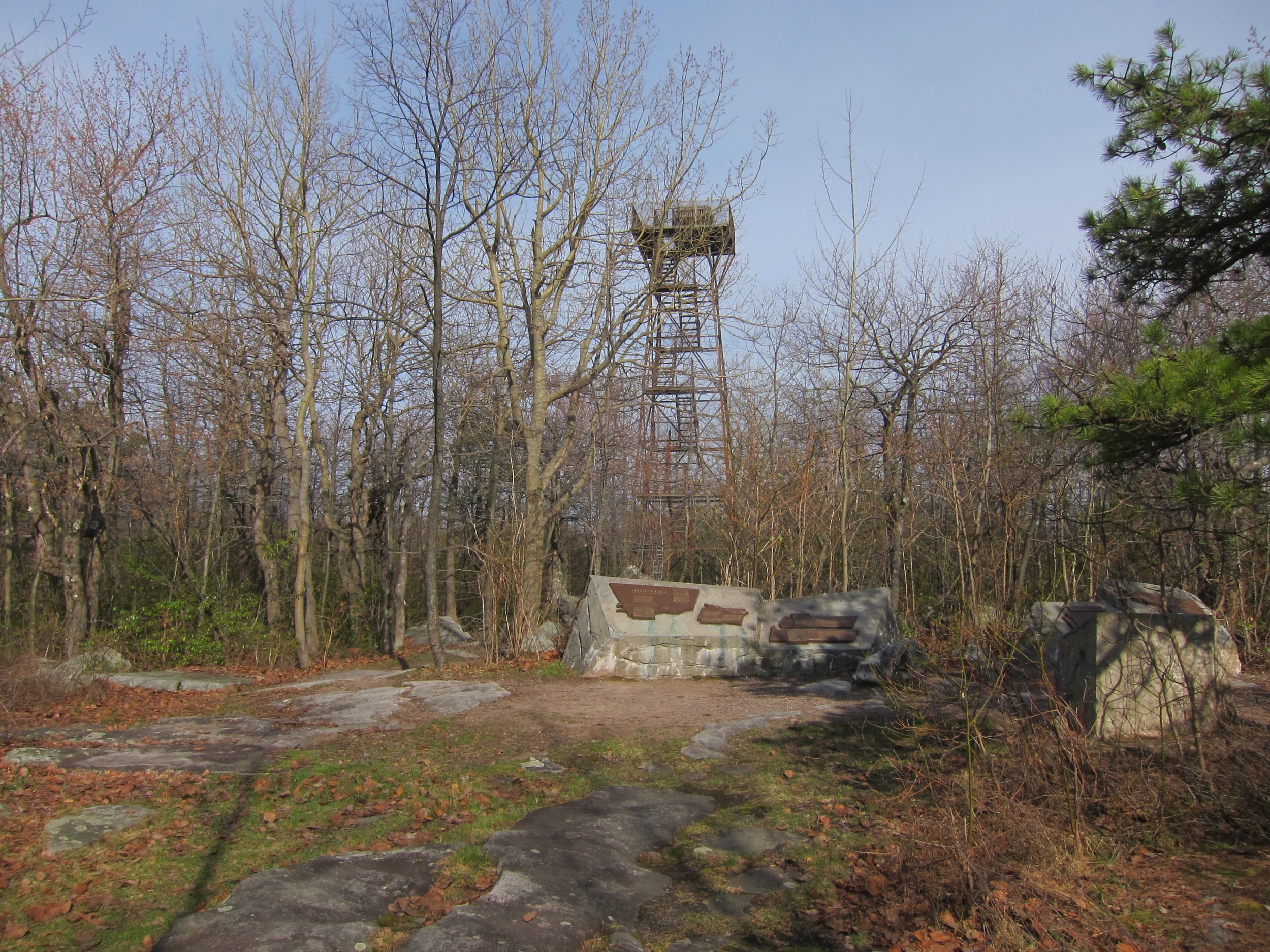
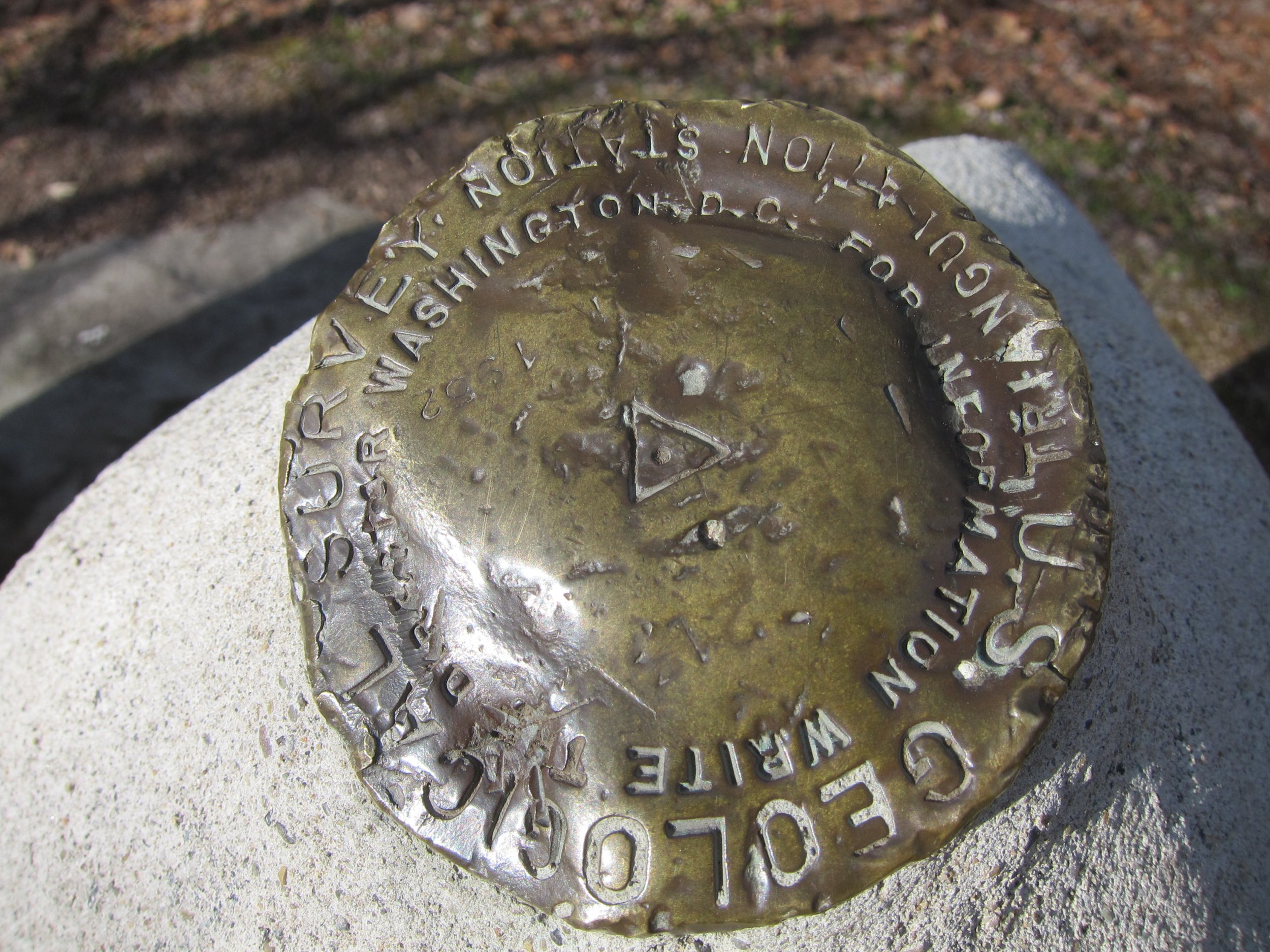
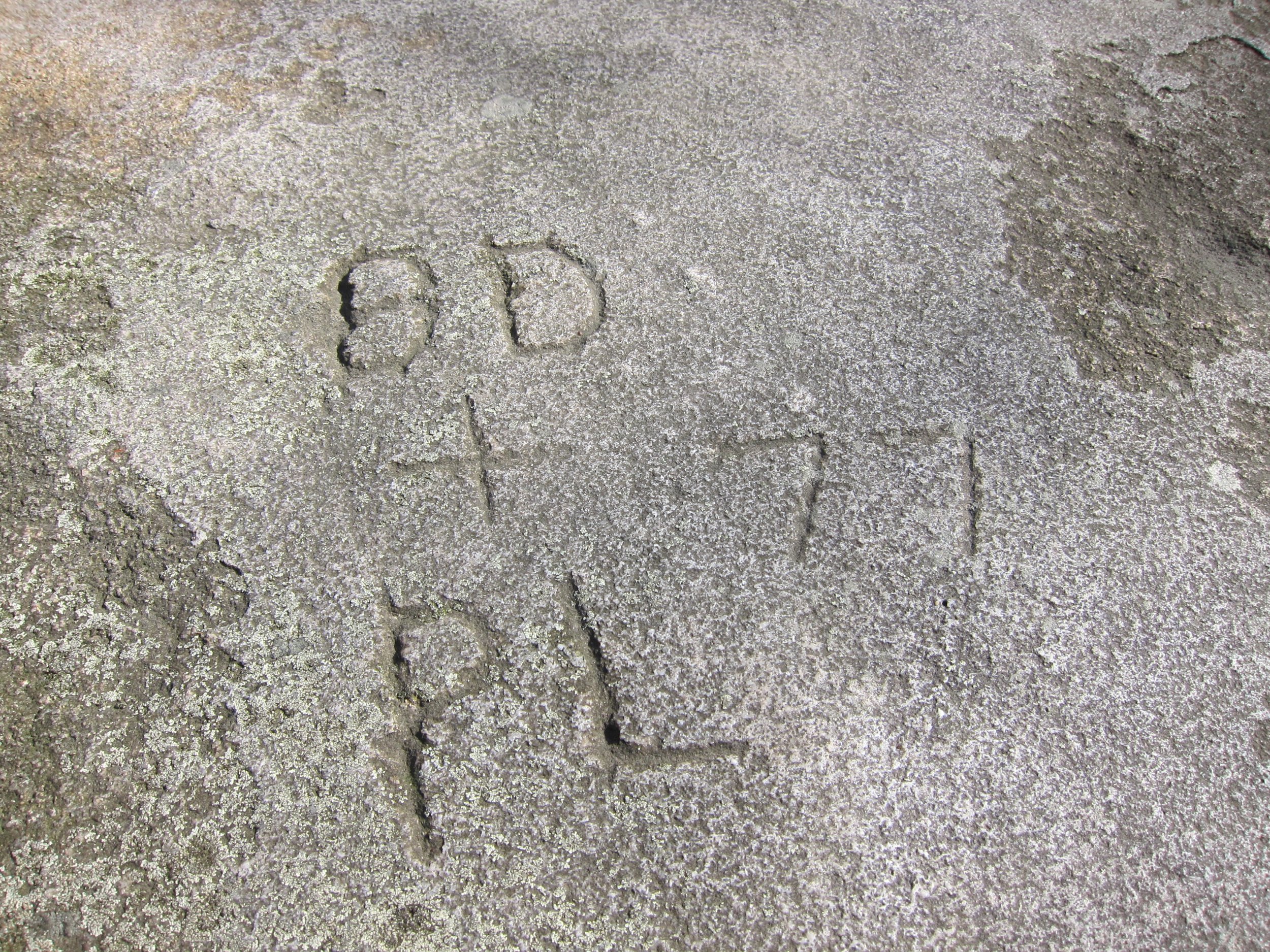
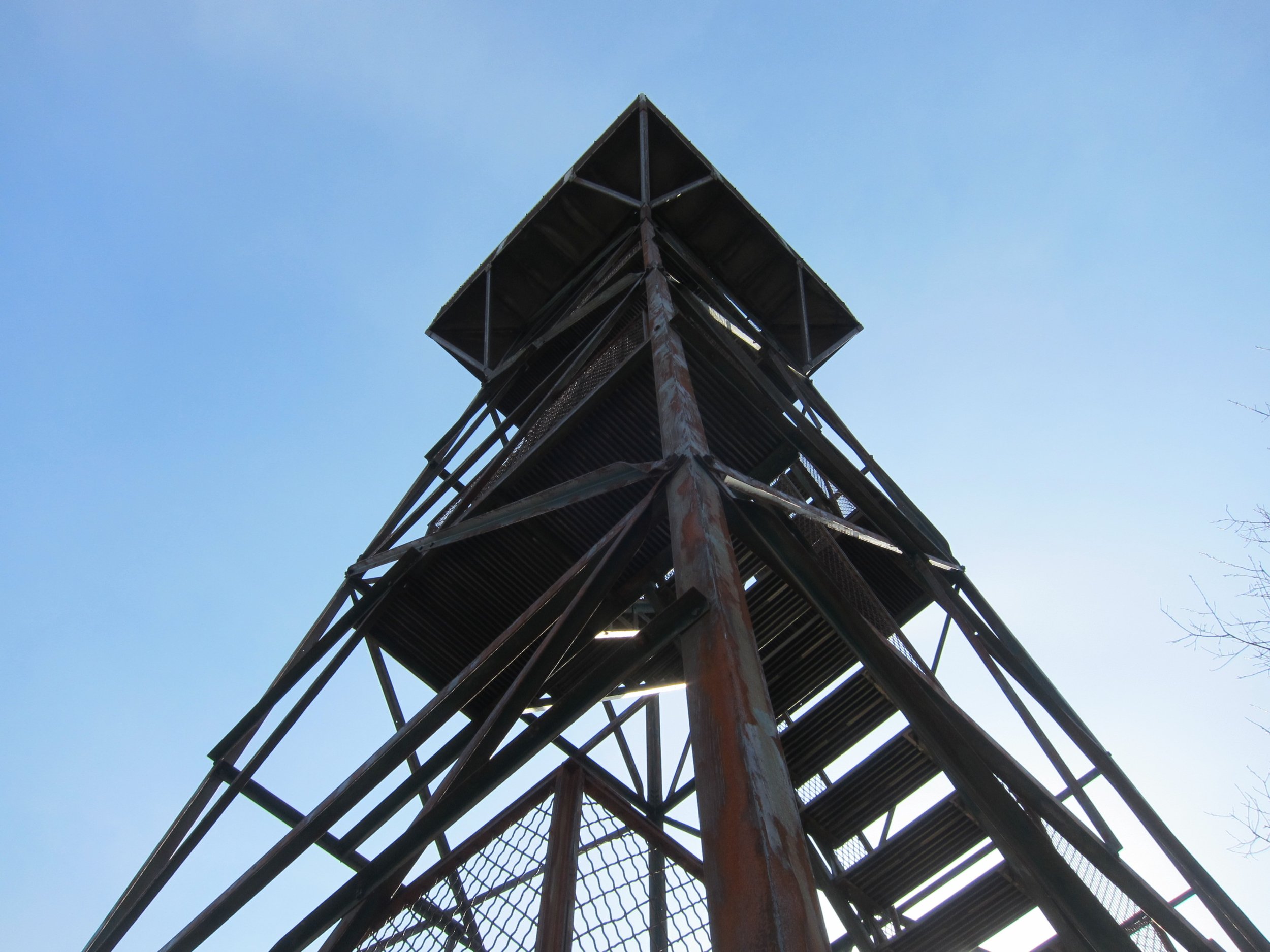
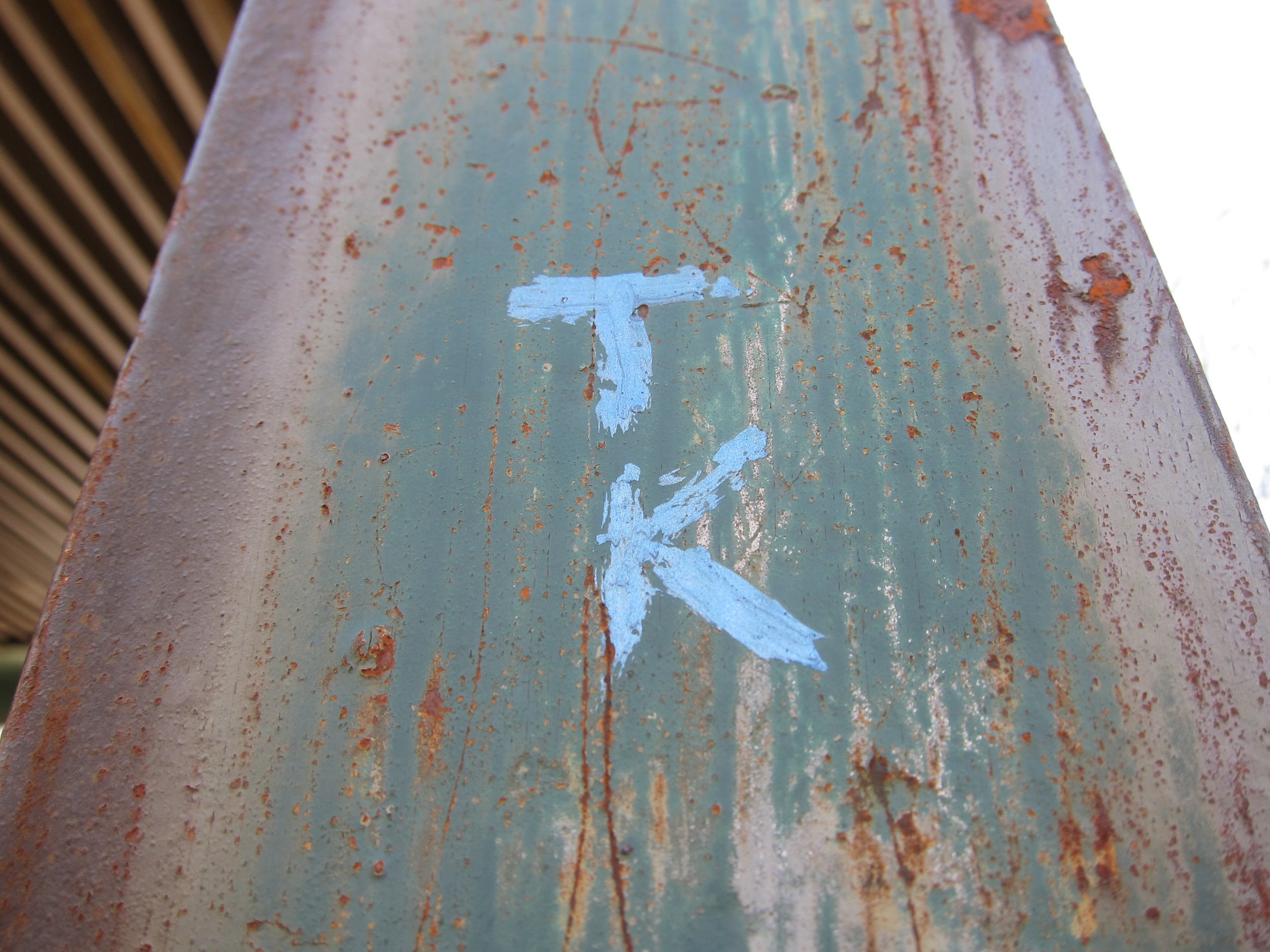
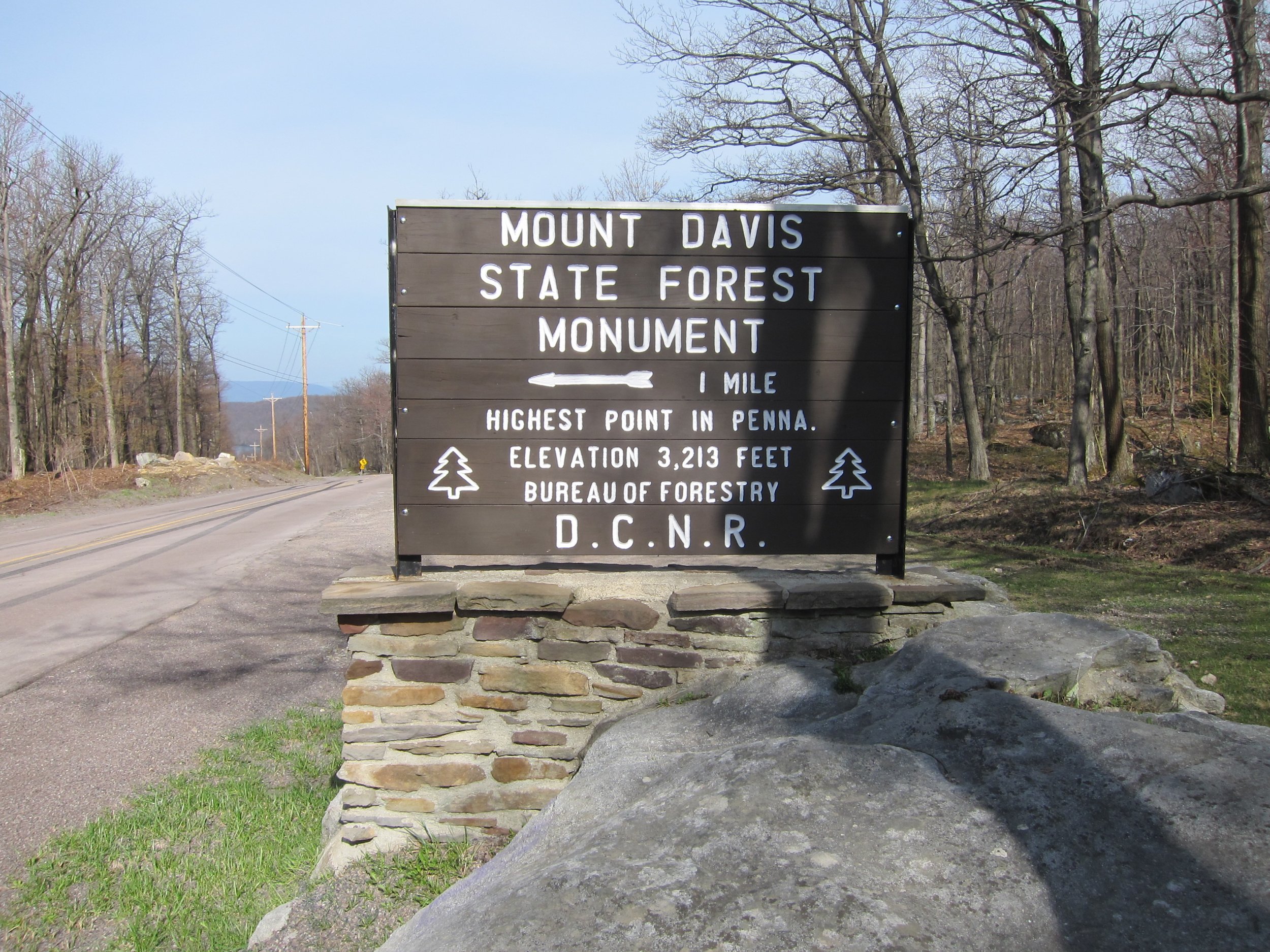
Pennsylvania Polka
Another video I originally edited with music unfit to pass copyright muster on the internet, in this case a rousing rendition of Pennsylvania Polka. I kept the name but replaced the soundtrack with an accordion version whose vaguely manic tempo befits my rushed trip up the Eastern Seaboard.
